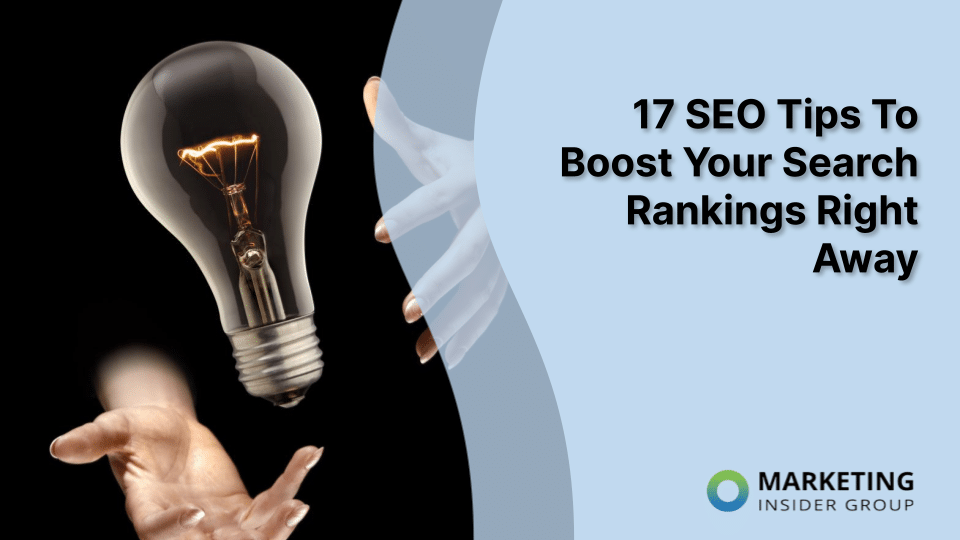Unlock the secret to skyrocketing your beauty blog’s traffic and rankings with these game-changing SEO strategies!

Image courtesy of Pixabay via Pexels
Table of Contents
Introduction:
In today’s digital age, a powerful online presence is crucial for businesses in the beauty industry to stay ahead of the competition. Whether you are a beauty blogger, a salon owner, or a professional in the field, understanding marketing strategies, search engine optimization (SEO) techniques, and paid marketing methods is essential to attract and engage your target audience. In this blog, we will explore various tips and tricks to create compelling content for the following sectors of the beauty industry: barber, body enhancement, braids, brow bar, electrolysis, extensions, hair replacement, hair salon, jewelry, laser hair removal, lash bar, locs, makeup, medical spa, microblading, nail salon, and natural hair. Let’s dive in and elevate your online game!
The Power of Content Marketing
Importance of quality content in the beauty industry:
Book Now For a Free Consultation
When it comes to the beauty industry, providing high-quality content is paramount. People are constantly looking for tips, inspiration, product reviews, and tutorials. By crafting well-researched and engaging content, you establish credibility and build a loyal following in the beauty community.
Identifying your target audience and tailoring your content to their interests:
Understanding your target audience is the first step in creating effective content. Whether you cater to young adults exploring the latest makeup trends or mature individuals interested in anti-aging treatments, knowing their preferences and pain points allows you to provide valuable content that resonates with them.
How to create engaging blog posts that resonate with your readers:
Add a personal touch to your blog posts by sharing personal experiences, stories, and recommendations. Utilize vibrant imagery and break up content with subheadings and bullet points for easy reading. Incorporate multimedia elements such as videos and infographics to enhance the visual appeal.
Incorporating visual elements to enhance the appeal of your content:
The beauty industry is highly visual, and eye-catching visuals are key to attracting and retaining readers. Utilize high-quality images, appealing graphics, and videos that enhance your content and make it more shareable on social media platforms.
Collaborating with influencers and industry experts for amplified reach:
Partnering with influencers and industry experts not only boosts your credibility but also exposes your blog to a wider audience. Collaborate on guest posts, host giveaways or interviews, and engage with influencers, fostering valuable relationships that benefit both parties.
Unleashing the Potential of SEO
Understanding the basics of SEO for beauty industry blogs:
Search engine optimization (SEO) is the art of optimizing your website to rank higher in search engine results pages (SERPs). For beauty bloggers, this means optimizing your content and website structure to ensure better visibility when users search for beauty-related keywords.
Conducting keyword research specific to your niche:
Tools like Google Keyword Planner and SEMrush can help you discover the most relevant keywords for your beauty niche. Research keywords that have high search volume but low competition to improve your chances of ranking well in search results.
Optimizing blog posts with relevant keywords and meta tags:
When creating content, incorporate your researched keywords naturally into your blog posts. Use them in your title tags, headings, meta descriptions, and image alt tags to help search engines understand the relevance of your content.
Utilizing internal and external linking strategies to boost your SEO:
Internal linking helps search engines understand the structure and hierarchy of your website. Link related blog posts within your content to help visitors navigate your site and improve their user experience. Additionally, external links to reputable and authoritative sources demonstrate your commitment to providing valuable information.
Keeping up with Google algorithms and staying ahead of the SEO game:
Search engine algorithms are constantly evolving, so it’s essential to stay updated with industry news and changes. Keep an eye on algorithm updates and adjust your SEO strategies accordingly. Staying ahead of the SEO game ensures your blog remains visible and relevant amidst changing search engine dynamics.
Paid Marketing Strategies for Beauty Industry Bloggers
Exploring the world of paid advertising: PPC (pay-per-click), social media ads, and sponsored content:

Image courtesy of marketinginsidergroup.com via Google Images
Paid advertising allows you to reach a broader audience that you may not have reached organically. Platforms like Google Ads and social media ad platforms (Facebook, Instagram, Twitter) offer various advertising options to suit your marketing goals.
Setting up effective ad campaigns to maximize ROI:
Before launching any paid ad campaign, define your campaign goals and set a budget. Select your target audience based on demographics, interests, and location. Monitor your campaigns closely, analyzing metrics such as click-through rates (CTR), conversion rates, and return on investment (ROI).
Targeting specific demographics and locations to optimize ad performance:
Take advantage of targeting options to ensure your ads are shown to individuals who are most likely to engage with your content. Narrow down your audience based on age, gender, location, and interests to ensure your ads reach the right people.
Analyzing ad data and making data-driven decisions for better results:
Use analytics tools provided by advertising platforms to analyze the performance of your ads. Study metrics such as impressions, clicks, conversions, and cost per action (CPA) to make data-driven decisions. Adjust your ads based on the insights you gain to optimize their effectiveness.
The importance of A/B testing and constant optimization:
A/B testing involves running multiple versions of an ad or landing page simultaneously to determine which performs better. Test different variations of your ads, such as ad copy, visuals, and call-to-action buttons, to identify which elements resonate most with your target audience. Continuous optimization based on A/B testing helps you improve your ad campaigns and maximize results.
Harnessing the Power of Social Media
Utilizing popular social media platforms to promote your beauty blog:
Social media platforms like Instagram, Facebook, Pinterest, and YouTube are powerful tools for promoting your beauty blog. Create engaging content, build a community, and network with influencers to attract a wider audience.
Building a strong brand presence and engaging with your audience on social media:
Create a cohesive and visually appealing brand presence across your social media platforms. Engage with your audience through likes, comments, and shares. Respond to questions and comments promptly, fostering a sense of community and building trust.
Creating shareable and visually appealing content for increased reach:
Use social media to share snippets of your blog posts, inviting followers to visit your website for more information. Create attention-grabbing visuals tailored to each platform’s requirements, whether it’s an aesthetically pleasing photo on Instagram or an informative infographic on Pinterest.
Leveraging the power of influencers to amplify your brand’s visibility:
Collaborate with influencers relevant to your beauty niche to introduce your blog to their followers. Influencers have established credibility and a loyal following, making their recommendations highly influential. Engage in mutually beneficial partnerships to expand your reach and gain new followers.
Measuring social media success and adjusting strategies accordingly:
Analyze metrics such as engagement rates, follower growth, and click-through rates on social media platforms. Utilize analytics tools provided by each platform to gain insights into your audience’s preferences and adjust your strategies as needed.
Conclusion:
Creating a successful beauty blog that garners traffic, engagement, and ultimately converts readers into loyal customers requires mastering marketing, SEO, and paid advertising techniques. By understanding the dynamics of the beauty industry and tailoring your strategies to your specific niche, you can position yourself as a trusted authority, attract a loyal following, and achieve remarkable online success. Remember, it’s not just about creating excellent content but also effectively marketing it to reach the right audience. Follow these tips and tricks and take your beauty industry blog to new heights!